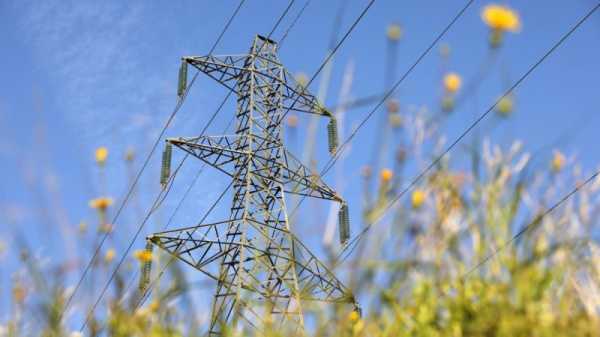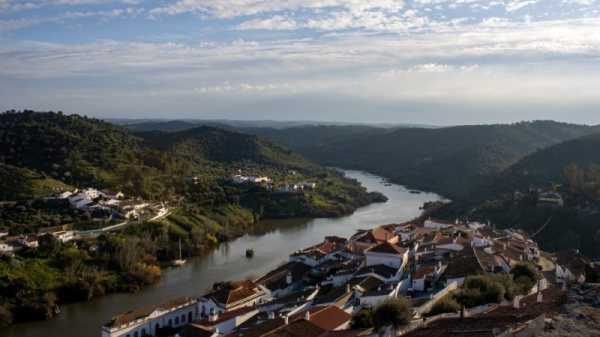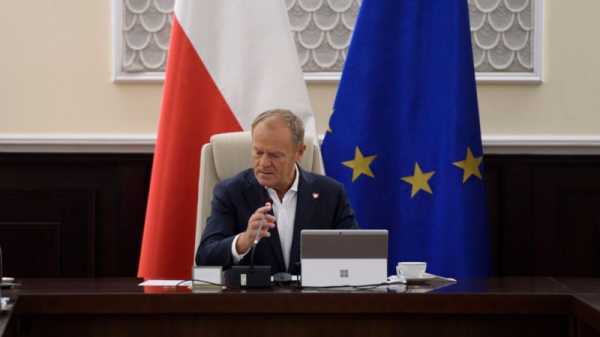
To meet its EU targets, France will need to triple its use of renewable power and reduce its energy consumption by a third by 2035, France’s electricity grid operator RTE said in its 2030-2035 energy outlook.
On Wednesday, RTE updated its scenarios for France’s energy situation up to 2030 and 2035, taking into account the impact of the war in Ukraine on France’s and the EU’s green transition.
The new assessment is also in line with the latest projections for decarbonised energy production presented last week by French Energy Transition Minister Agnès Pannier-Runacher.
These are “very ambitious but achievable” targets, said Xavier Piechaczyk, chairman of RTE’s board of directors, commenting on the grid operator’s scenarios which aim to meet the EU’s target of reducing net greenhouse gas emissions by 55% below 1990 levels by 2030.
For 2030, RTE is calling for energy consumption to be reduced by around 20% by 2030 (1,300 TWh) and by about 30% by 2035 (1,100 TWh) compared with 2022 (1,600 TWh).
To meet this target and decarbonise its energy mix, France will need to electrify its fleet and produce 640 to 700 TWh of decarbonised electricity by 2035, compared to 395 TWh today, according to RTE.
Renewables are expected to play a dominant role, with RTE aiming for a target of 270 to 320 TWh by 2035, compared to 120 TWh today.
In the best-case scenario, RTE expects 110 TWh of solar power by 2035, 85 TWh of onshore wind power and 65 TWh of offshore wind power by 2035.
Compared to current capacity, the installation rate should match that of Germany for solar PV, keep pace with Spain for onshore wind and match the UK for offshore wind.
Compliance with EU targets
RTE’s projections align with the new EU legislation, which requires the bloc to reach a 42.5% renewable energy target by 2030, confirmed Pannier-Runacher.
For nuclear power, RTE expects production to reach 400 TWh by 2030 if production conditions remain optimal until then. In a less optimal scenario, which would include the possible closure of three nuclear reactors by 2035, RTE expects production to reach 360 TWh, less than pre-energy crisis levels and when corrosion problems plague French reactors.
While RTE pointed to energy efficiency and sufficiency as having to play their part in reducing the French energy consumption by 160 TWh per year by 2035, Thomas Veyrenc, a member of RTE’s Executive Committee, said flexibility is now also “a priority to ensure our security of supply”.
Regarding France’s interconnections in the EU, Veyrenc explained that these remain essential since they bring “enormous gains in terms of security and economic gains”.
Without them, “France would not have been able to close its coal-fired power stations, and Germany would not have been able to close its nuclear power stations,” he added.
In other words, energy security and the balance between supply and demand can only be achieved through a “European vision”, he concluded.
By 2035, electricity production in the EU and the UK could reach 4,350 TWh, while Germany registered 2,640 TWh in 2022, according to the RTE report.
Germany, France, the United Kingdom and Spain are the largest producers.
(Paul Messad | Euractiv.fr)
Read more with EURACTIV

Romanian MEP: member states must have integrity agencies in addition to anti-corruption directive
Source: euractiv.com



